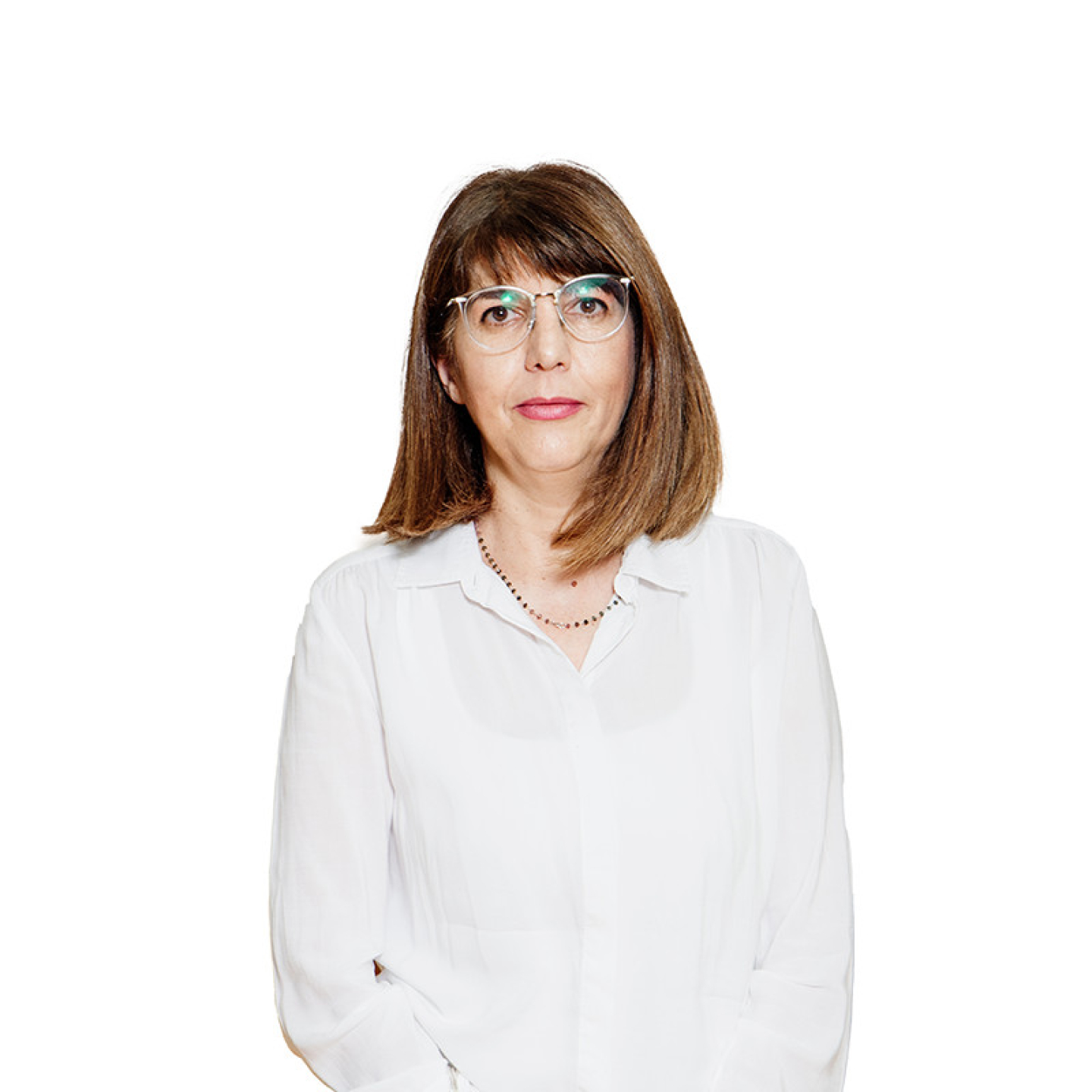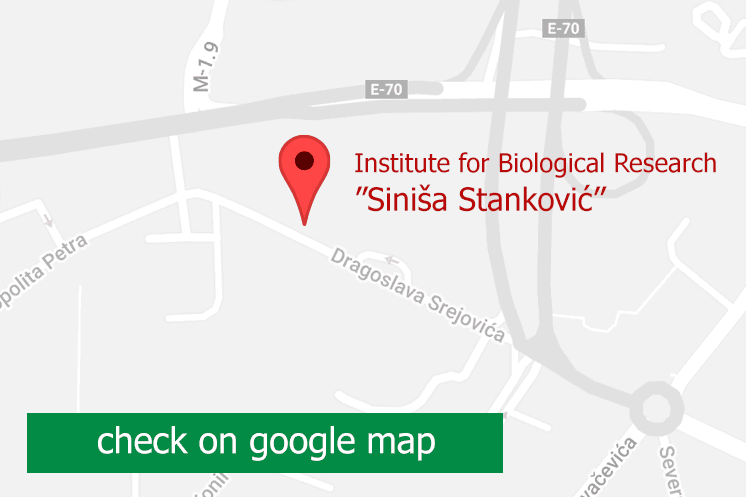
Dr. Milica Manojlović-Stojanoski
Principal Research Fellow
Dr. Milica Manojlović-Stojanoski
The focus of the scientific interest of Dr. Milica Manojlović-Stojanoski, Principal Research Fellow of the Department of Cytology, is the phenomena of development and programming. The topic of the master's thesis (defended in 1996) and the dissertation (defended in 2004) on the determination of the function and role of the hypothalamic-pituitary-adrenal system of the fetus was deepened in the later study under problematic and methodological aspects.
As changes in the hypothalamic-pituitary-adrenal system during the formative-prenatal period have far-reaching consequences on the (neuro)physiology of the organism, the effects on the metabolism and behavior of the offspring are the subject of her further research. The establishment of a model system of developmental toxicity has enabled the investigation of immediate and delayed effects of prenatal exposure to synthetic glucocorticoids to be extended to research of the effects of selenium nanoparticles, and other nanomaterials, during development, as the most vulnerable period of the life cycle.
As a member of the Department of Cytology, Dr. Milica Manojlović-Stojanoski primarily pursues a structural research approach. Namely, structural changes in the nervous, endocrine and metabolic milieu of the organism established by the application of various types of qualitative and quantitative microscopy, including design-based stereology, represent an indispensable level of research in the comprehensive overview of functional changes in the neuroendocrine system of fetuses and offspring after prenatal exposure to various substances.
This methodological approach, also applied in the field of dental studies, enabled a deeper understanding of the influence of a wide range of natural and synthetic materials on the processes of osteogenesis and regeneration of dental tissues, contributing to the improvement of the quality of dental therapies and results for patients.
Dr. Milica Manojlović-Stojanoski has published the results of her research in over 80 publications.











